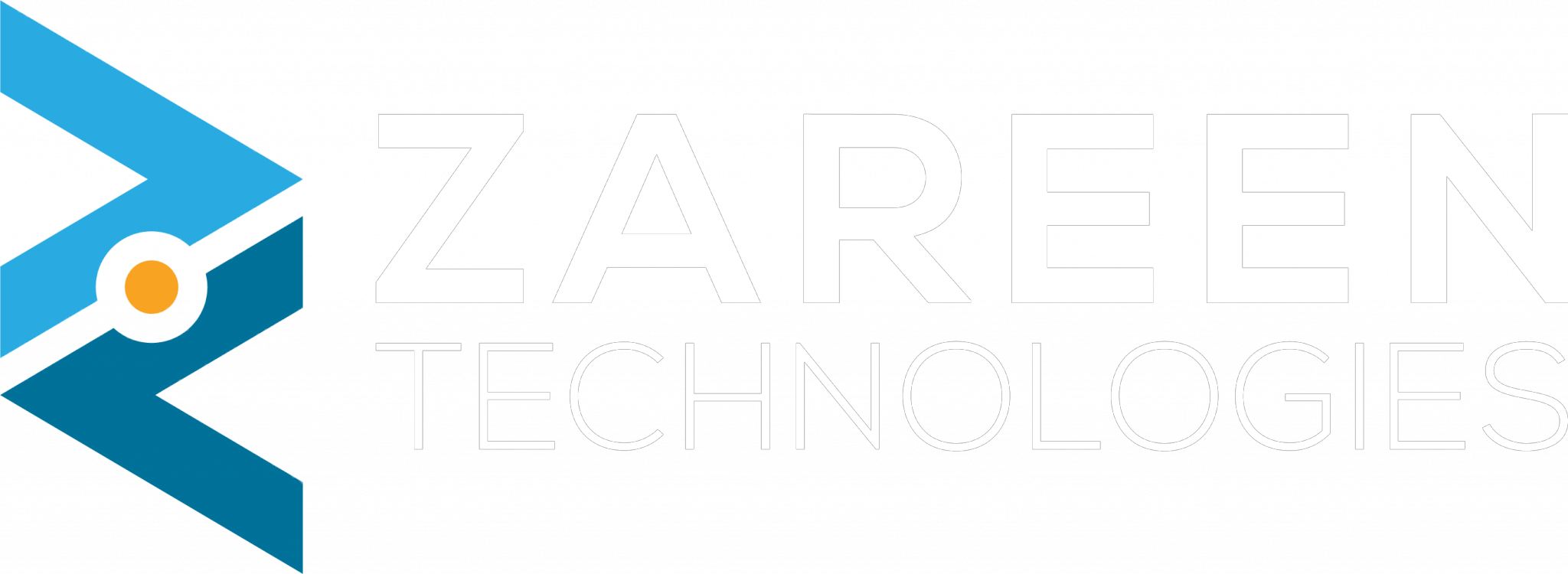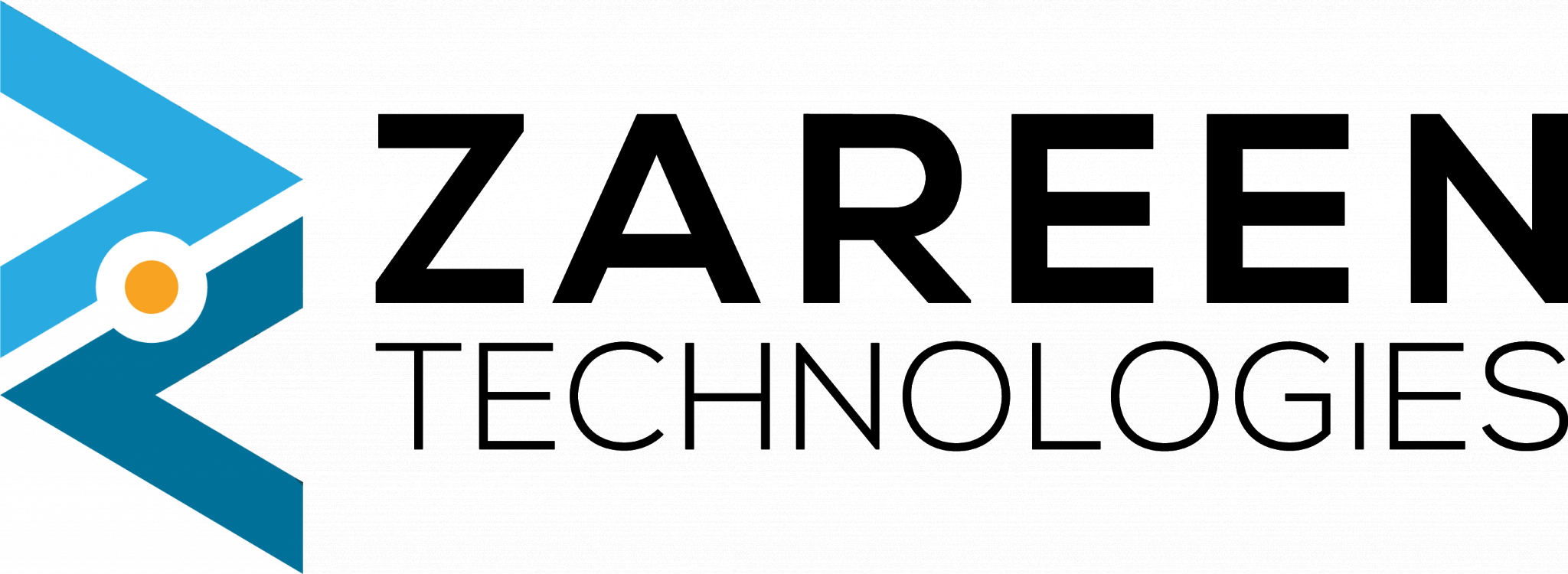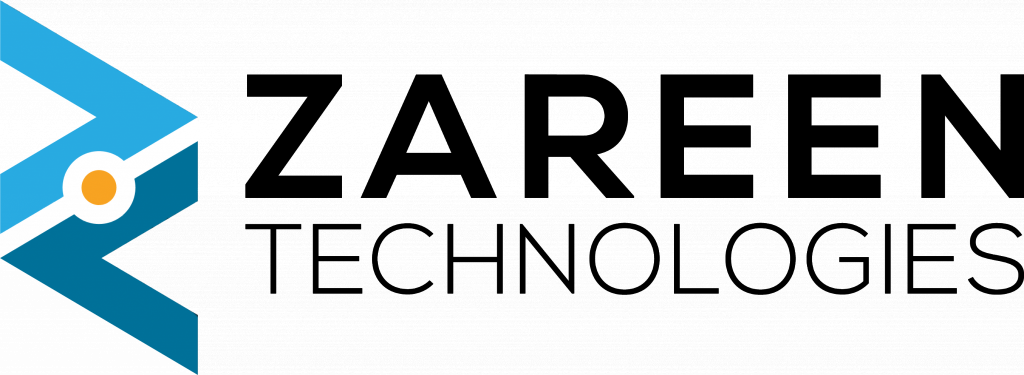Job Title: Mid-Level AI Engineer
Location: [Your Company Location or Remote Options]
Employment Type: Full-Time
About Us:
At [Your Company Name], we’re passionate about harnessing the power of AI to drive innovative solutions. Our team works at the forefront of technology, developing AI-driven products and services that make a real impact. We’re seeking a talented and driven Mid-Level AI Engineer to join our team and help us continue shaping the future.
Job Description:
As a Mid-Level AI Engineer, you will be responsible for developing, implementing, and optimizing AI models to solve complex business problems. You will collaborate with cross-functional teams to deliver cutting-edge solutions in a fast-paced, growth-oriented environment. This role offers the opportunity to contribute to exciting projects, from data processing to deploying AI models at scale.
Responsibilities:
• Design, develop, and deploy machine learning models to address key business challenges.
• Work on data preprocessing, feature engineering, and model optimization.
• Collaborate with data scientists, software engineers, and product teams to understand requirements and deliver robust solutions.
• Implement machine learning algorithms and deep learning architectures.
• Optimize model performance for scalability, speed, and reliability.
• Monitor and maintain AI models in production to ensure performance and accuracy.
• Stay up-to-date with the latest AI trends, tools, and best practices, applying them to improve our AI systems.
Requirements:
• Bachelor’s or Master’s degree in Computer Science, AI, Machine Learning, or a related field.
• 2-4 years of experience in AI and machine learning, with a strong understanding of core concepts.
• Proficiency in Python and machine learning libraries like TensorFlow, PyTorch, and Scikit-Learn.
• Experience with data processing and analysis tools, such as Pandas and NumPy.
• Familiarity with cloud platforms (AWS, GCP, or Azure) and experience in deploying models on cloud infrastructure.
• Strong problem-solving skills and the ability to work both independently and in a team.
• Excellent communication skills and the ability to explain technical concepts to non-technical stakeholders.
Preferred Skills:
• Knowledge of natural language processing (NLP) or computer vision.
• Experience with big data tools (e.g., Spark, Hadoop) and distributed computing.
• Understanding of MLOps practices, including versioning, monitoring, and CI/CD pipelines.
• Familiarity with DevOps tools and containerization (e.g., Docker, Kubernetes).
What We Offer:
• Competitive salary and benefits package.
• Flexible work environment, including remote options.
• Opportunities for professional development and continuous learning.
• Collaborative and inclusive team culture.
How to Apply:
If you are passionate about AI and ready to make an impact, we want to hear from you! Please submit your resume and a brief cover letter detailing your relevant experience and why you’re a great fit for this role to [Your Email Address or Application Link].


